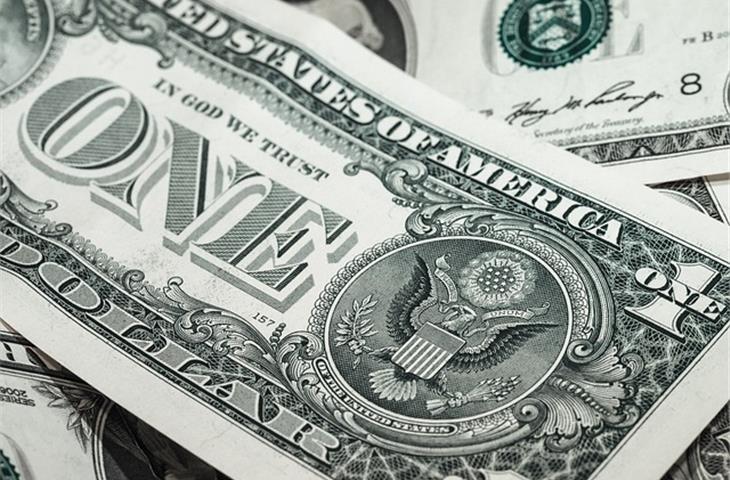The Reserve Bank of India (RBI) persistently revises its exchange rates, mirroring the fluid worth of the Indian Rupee (INR) vis-à-vis the US Dollar (USD). The prevailing exchange rates form a critical component for both individuals and enterprises engaged in international commerce, investments, and journeys. This article digs deeper into the present RBI exchange rates for USD to INR, elucidating the elements impacting these rates and addressing prevalent inquiries concerning currency conversion.
I. Comprehending the RBI Exchange Rates Today USD to INR

Today's RBI exchange rate for USD to INR serves as a pivotal statistic, influencing multiple facets of the Indian economy. This segment illuminates how the RBI calculates these rates and their significance within the global monetary panorama.
II. Factors Shaping USD to INR Exchange Rates

Numerous variables contribute to the variance of exchange rates between USD and INR. This portion of the article probes into these factors, encompassing economic indicators, interest rates, and geopolitical occurrences.
III. Implications of Exchange Rate Fluctuations

Exchange rate fluctuations yield extensive repercussions for individuals, corporations, and the Indian economy at large. This section examines the effect of these fluctuations on diverse sectors like tourism, trade, and investment.
IV. Tactics for Controlling USD to INR Exchange Rate Risk
Given the erratic nature of exchange rates, individuals and corporations necessitate devising strategies to alleviate the risks linked with USD to INR exchange rate fluctuations. This article offers pragmatic advice for managing exchange rate risk, encompassing the utilization of hedging tools and maintaining awareness of market tendencies.
I. Comprehending the RBI Exchange Rates Today USD to INR
The Reserve Bank of India (RBI) establishes the exchange rates for USD to INR, guided by various economic indicators and global market circumstances. These rates are routinely updated, reflecting the prevailing worth of the Indian Rupee versus the US Dollar. Grasping these rates is indispensable for those engrossed in international transactions, as they can considerably influence the expense of goods and services.
The RBI exchange rate today USD to INR is established via a methodology known as market-based determination. This entails scrutinizing various factors, such as the demand and supply of USD and INR in the foreign exchange market, along with economic indicators like inflation rates, interest rates, and trade balances. By factoring these elements, the RBI endeavors to sustain a steady and competitive exchange rate for the Indian Rupee.
The RBI exchange rates today USD to INR occupy a paramount position in the global financial cosmos. They sway the expense of imports and exports, impacting the trade equilibrium and economic expansion of India. Furthermore, these rates influence the remittances dispatched by Indian expats and the investment choices of overseas entities in India.
II. Factors Shaping USD to INR Exchange Rates
A multitude of factors contribute to the volatility of USD to INR exchange rates. Comprehending these factors can assist individuals and corporations foresee market trends and make judicious decisions concerning currency conversion.
1. Economic Indicators: Economic indicators like inflation rates, GDP growth, and unemployment rates wield a substantial influence on determining exchange rates. A robust Indian economy can stimulate a heightened demand for the Rupee, prompting the exchange rate to appreciate.
2. Interest Rates: Central bank policies, specifically interest rates, exert a considerable impact on currency valuations. Hefty interest rates can magnetize foreign investors, augmenting the demand for the domestic currency and culminating in an appreciation.
3. Geopolitical Events: Political stability, international relations, and geopolitical occurrences can sway currency values. For example, a nation grappling with political unrest might witness its currency depreciate against other major currencies.
4. Supply and Demand: The supply and demand of USD and INR in the foreign exchange market also play a pivotal role in determining exchange rates. Factors like trade balances, remittances, and investment inflows can influence the supply and demand dynamics.
III. Implications of Exchange Rate Fluctuations
Exchange rate fluctuations ripple far-reaching implications for individuals, corporations, and the Indian economy as a whole. This section discusses the impact of these fluctuations on assorted sectors.
1. Tourism: Fluctuations in the exchange rate can jostle the cost of travel and tourism. A weakened Rupee renders it more affordable for international tourists to visit India, potentially bolstering the tourism sector.
